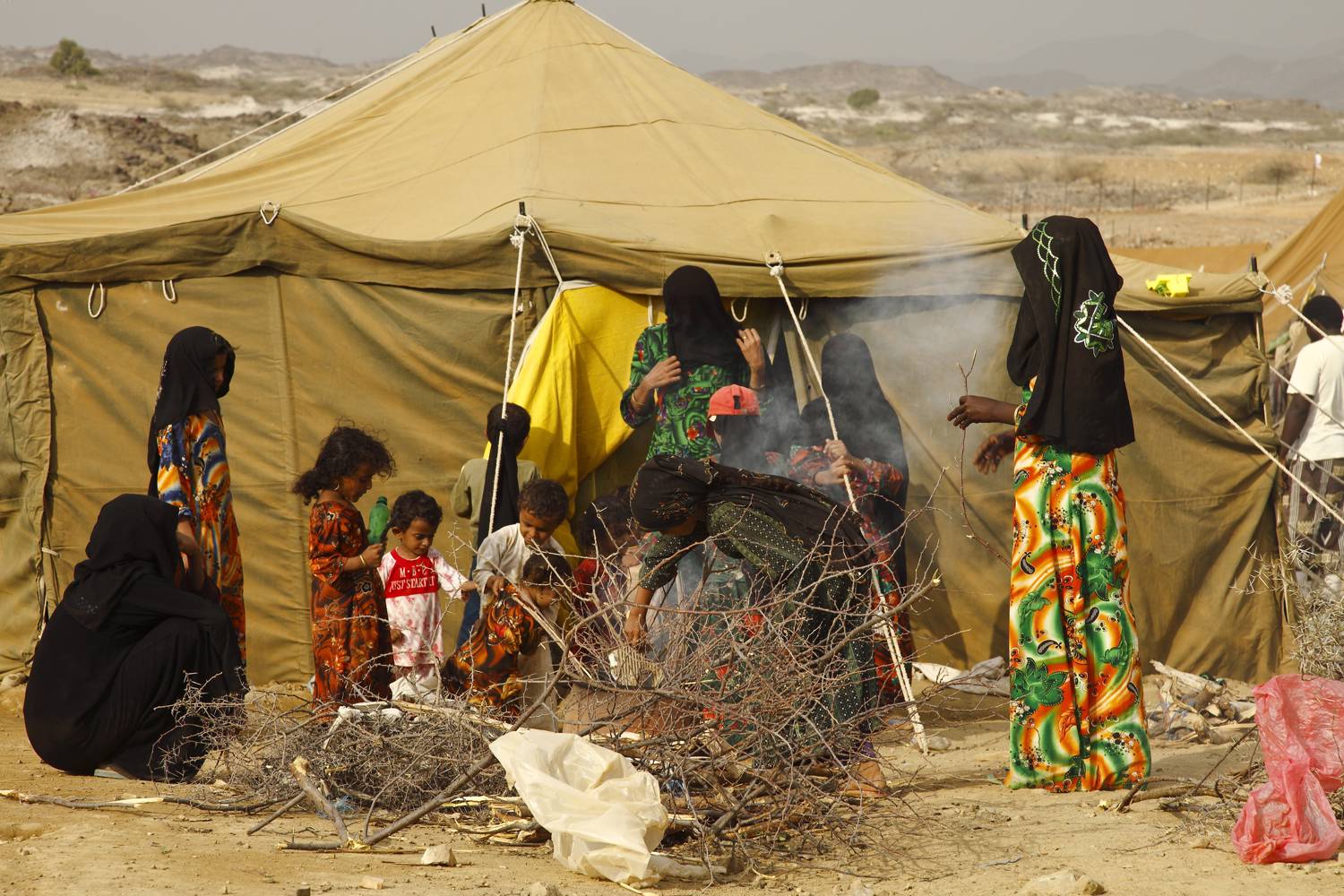
The number of people killed in wars is the lowest in seven years. This statistic is revealed in new data from peace researchers at Uppsala University (UCDP) and the Peace Research Institute Oslo (PRIO). The researchers are concerned, however, about the increase in the number of conflicts where external states are involved. This is because such conflicts tend to last longer and be bloodier.
For the fourth year running, the number of battle-related deaths has fallen, and compared with the most recent peak in 2014, the number of fatalities has fallen by 43 percent.
“The main cause of this reduction is that the conflicts in Syria and Iraq have been less violent,” explains Siri Aas Rustad, who is leading PRIO’s major Conflict Trends project. “In these two conflicts, there were 18,000 fewer fatalities in 2018 than in the previous year. In the case of Syria, this was in fact the lowest level of violence since the Arab Spring in 2011.”
Accordingly, the general trend worldwide is positive, but numbers of fatalities are rising in several places nevertheless. In Afghanistan, the situation has worsened consistently since 2013, and last year the figures reached a new level with approximately 26,000 battle-related deaths. This meant that Afghanistan replaced Syria as the country with the most people killed in war. The conflict in Yemen also escalated in 2018, and the result was a humanitarian catastrophe.
In addition to the decline in the number of deaths worldwide, the other very clear trend is that ever more conflicts are becoming internationalized. In other words, external states are providing military assistance to one or more of the parties to the conflict. For the fifth year running, at least 30 percent of all ongoing conflicts featured this kind of external involvement.
“This is very worrying,” says Siri Aas Rustad. “Such involvement makes conflicts bloodier, and also contributes to making it more difficult to achieve peaceful resolutions. Quite simply, wars are becoming more dangerous.”
New, updated data on peace agreements from the UCDP, show that recent years have been bad years for the signing of peace agreements, even though there have been many ongoing conflicts.
“We are now seeing a peak in the number of conflicts, even though fewer people are being killed in wars. The last time we saw a similar peak was at the start of the 1990s – following the Cold War. At that time there was also an increase in the number of peace agreements, due to increased focus on negotiation and peacebuilding efforts,” says Gudrun Østby, a researcher at PRIO and editor of the Journal of Peace Research. “The peak that we are seeing now in the number of conflicts has no comparable parallel in the number of peace agreements, rather quite the opposite.”
In 2018, five peace agreements were signed, while 1991 saw the signing of 23 peace agreements.
The internationalization of many conflicts is a significant factor for explaining the low number of peace agreements. An additional factor is that many of the conflicts in recent years have involved groups with a religious agenda, such as Islamic State (IS), for example. Research shows that these types of conflicts are more rarely concluded by peace agreements.
“Even so, there are examples of religious conflicts that have had peaceful resolutions,” says Gudrun Østby. “It will be especially important to study these examples carefully, so that we can learn something about how such peace processes should be designed,” she points out.
The results that are presented here will be published in the Journal of Peace Research and will be discussed in greater detail at PRIO’s 60th anniversary seminar Forgotten Conflicts – Hidden Trends.
For further information:
• Siri Aas Rustad, project leader for Conflict Trends – tel. +47 917 00 274
• Gudrun Østby, editor of the Journal of Peace Research – tel. +47 986 71 543





